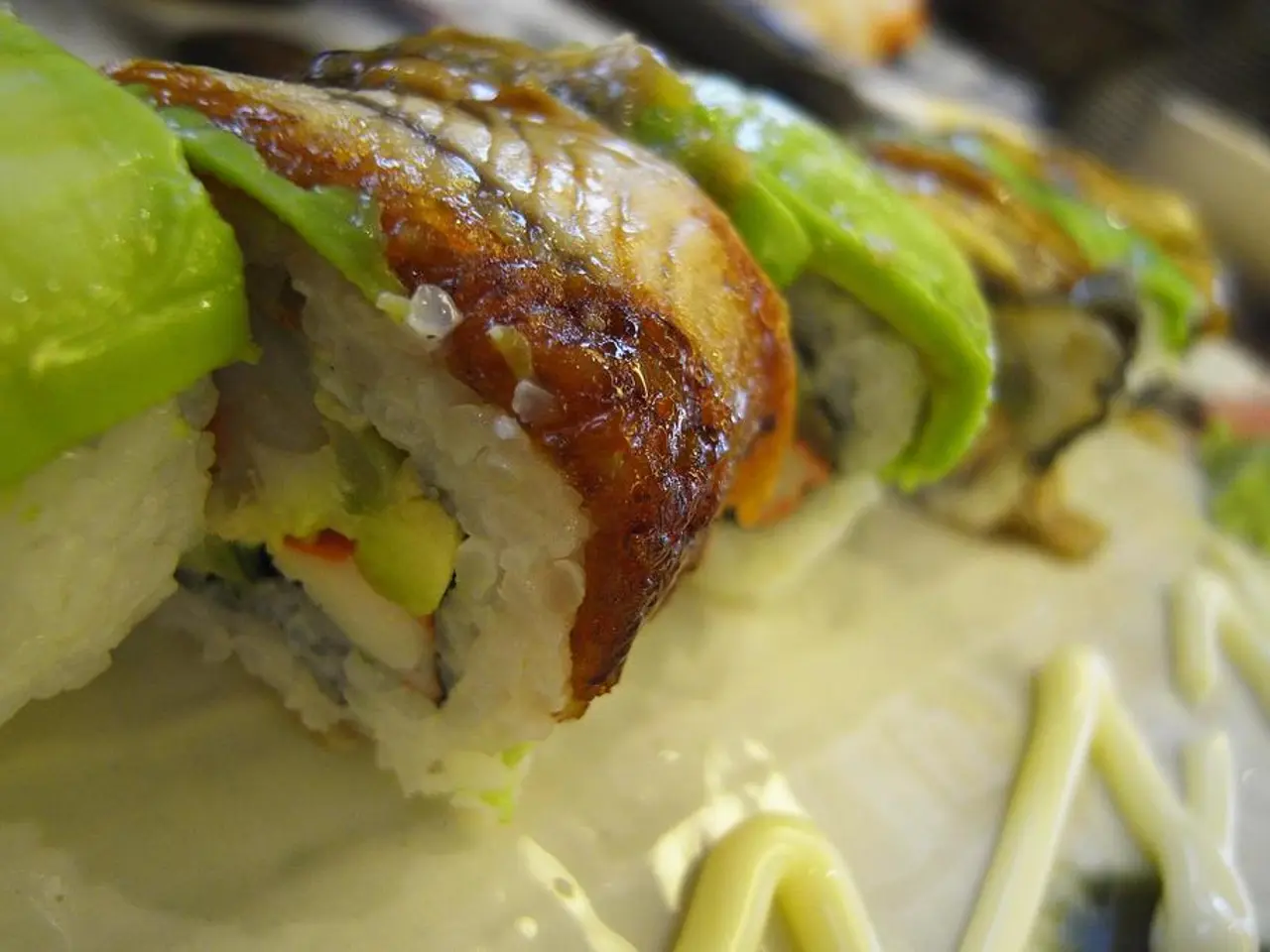Exploring the Role of Seaweed in Creative Cooking Techniques
In the ever-evolving world of gastronomy, a humble oceanic ingredient has been making waves. Seaweed, once relegated to the sidelines, is now taking centre stage in modern kitchens, aligning with the growing demand for responsible eating choices and sustainability.
Sustainability is a key factor in the rise of marine plants in contemporary cuisine. Seaweed requires no freshwater for growth and thrives without fertilizers and pesticides, making it an eco-friendly option. This commitment to sustainability, coupled with its rich nutritional profile, has seen the food industry embrace seaweed wholeheartedly.
Rich in vitamins, minerals, and fiber, seaweed offers numerous health benefits. It is a versatile ingredient that can be used for flavor enhancement, depth, and visual appeal. Transformations in food presentation are noticeable as dishes featuring sea greens are striking and vibrant, adding color, dimension, and visual appeal.
The culinary world is currently experiencing a state of thrilling change, as chefs continue to explore new flavor profiles and techniques using seaweed. Molecular gastronomy, a blend of science and artistry, has played a significant role in this revolution. Innovative techniques such as gelification, emulsification, and spherification have opened up new possibilities, allowing chefs to create firm yet delicate gels, captivating dressings and sauces, and spheres filled with flavorful liquids.
Alginate, derived from seaweed, is a staple in molecular gastronomy. It is used for creating innovative sauces, gels, and spheres, adding an element of surprise to dishes. Garnishing dishes with seaweed can add dimension and intrigue, while wraps can create an unexpected textural contrast.
Culinary innovation has seen a surge of interest in these marine plants for their exciting flavors and textures. Different types of seaweed offer unique taste experiences, such as nori's subtle, slightly sweet taste, kombu's deeper umami profile, dulse's hint of saltiness, and wakame's mild and slightly sweet flavor.
The Nordic Food Lab in Denmark has shown the greatest commitment in recent years to using salt marshes and seagrass in their cooking courses. This commitment to using local, sustainable ingredients has set a precedent for other culinary institutions to follow.
Incorporating seaweed into dishes can enhance food presentation, adding color, dimension, and visual appeal. Chefs experiment with seaweed in unexpected ways, using it for seasoning, creating spheres with alginate, and incorporating it into traditional recipes with modern flair.
Seaweed provides fascinating textures, including chewiness and crispness, which can surprise the palate. Its rich umami flavor and unique textures make it a valuable addition to diets for health benefits and culinary exploration.
As the culinary world continues to evolve, it is clear that seaweed will play a significant role in shaping the future of food. From sushi wrappers to layered presentations, seaweed is a versatile ingredient that offers endless possibilities for chefs to explore. The rise of seaweed in modern cuisine is more than just a trend; it is a sustainable, flavorful revolution that is here to stay.








